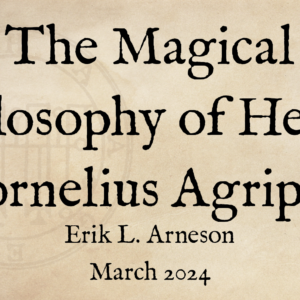In the Hermetica, we learn that Hermes Trismegistus has students. The two most prominent are his son Tat and Asclepius. Who is Asclepius? In addition to being a figure from Greek mythology, Asclepius has an entire book of the Hermetica named after him. Let us take a look at Asclepius and learn more about who he is and why he’s important to Hermetic philosophy.
(more…)
Sorry, this sale event has ended!
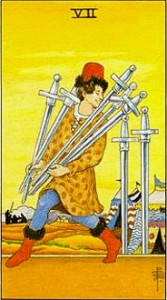 But check out my Tarot readings page to book a reading by email!
But check out my Tarot readings page to book a reading by email!
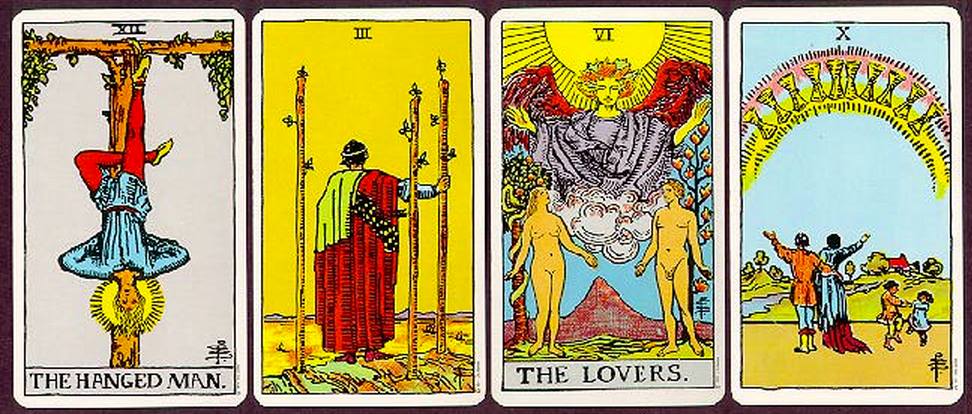
How is monotheism addressed in ancient Hermetism? The Corpus Hermeticum and other Hermetica talk about God all the time, so let’s take a look at the Hermetic views on God and what monotheism means to this classical religion.
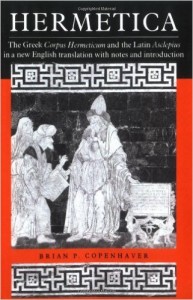 Scholars have been working to categorize the various views of God and divinity in the Hermetica for years. There are two general categories that most use: optimistic monist and pessimistic dualist. An optimistic view would focus on the good and worthy parts of the cosmos and creation, thus deducing that all of creation was part of a good and benevolent deity. This monism ends up being described in book I of the Corpus Hermeticum in a way that is panentheistic, meaning that all of the cosmos is part of God, but that God also exists beyond the cosmos.
Scholars have been working to categorize the various views of God and divinity in the Hermetica for years. There are two general categories that most use: optimistic monist and pessimistic dualist. An optimistic view would focus on the good and worthy parts of the cosmos and creation, thus deducing that all of creation was part of a good and benevolent deity. This monism ends up being described in book I of the Corpus Hermeticum in a way that is panentheistic, meaning that all of the cosmos is part of God, but that God also exists beyond the cosmos.
(more…)
What is the difference between Hermetism and Hermeticism? When you start studying the Hermetic tradition and Hermetic philosophy, you will run across both of these terms. Let’s learn what the difference is.
Hermetism is Rooted in Antiquity
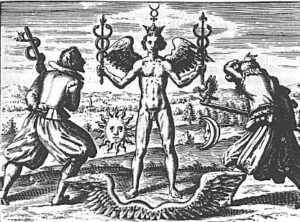 Hermetism is used by modern writers to refer to the philosophical schools of late antiquity, meaning the era that produced the Corpus Hermeticum, the Nag Hammadi texts, and other related works. It can also refer to to commentary and work dealing with the philosophical Hermetica, perhaps reaching even into modern times. Note that “late antiquity” is a vague period, but sometimes it can cover a time period as late as the 8th century CE.1 That means that even the Emerald Tablet can be considered part of Hermetism.
Hermetism is used by modern writers to refer to the philosophical schools of late antiquity, meaning the era that produced the Corpus Hermeticum, the Nag Hammadi texts, and other related works. It can also refer to to commentary and work dealing with the philosophical Hermetica, perhaps reaching even into modern times. Note that “late antiquity” is a vague period, but sometimes it can cover a time period as late as the 8th century CE.1 That means that even the Emerald Tablet can be considered part of Hermetism.
(more…)
“Late Antiquity.” Wikipedia. Accessed April 10, 2016. https://en.wikipedia.org/wiki/Late_Antiquity. ↩
Hermeticism is based on the teachings of a mysterious man named Hermes Trismegistus. He is portrayed as a wise teacher, a powerful magician, and a skilled mystic. He has been seen as a teacher of Moses, the inventor of alchemy, and the founder of occult schools throughout history.
(more…)
 Many religious or spiritual systems dealing with mystical experiences have a concept of gnosis. It is contrasted with rational knowledge in that it is based on a personal and usually profound experience, and is set apart from faith in that it doesn’t appeal to a sense of acceptance or emotional argument.1 Gnosis is a Greek word, γνῶσις, and while it translates as “knowledge,” it is not the only Greek word to do so. To understand what it means, it needs to be compared to two other words with similar meanings, epistēmē (ἐπιστήμη) and pistis (πίστις).
Many religious or spiritual systems dealing with mystical experiences have a concept of gnosis. It is contrasted with rational knowledge in that it is based on a personal and usually profound experience, and is set apart from faith in that it doesn’t appeal to a sense of acceptance or emotional argument.1 Gnosis is a Greek word, γνῶσις, and while it translates as “knowledge,” it is not the only Greek word to do so. To understand what it means, it needs to be compared to two other words with similar meanings, epistēmē (ἐπιστήμη) and pistis (πίστις).
(more…)
Lachman, Gary. The Quest for Hermes Trismegistus: From Ancient Egypt to the Modern World. Floris Books, 2011. 23-7. ↩
 The most well-known saying from Hermeticism is the Hermetic axiom, “As above, so below.” This is a simplified version of a verse from the Emerald Tablet, which states:
The most well-known saying from Hermeticism is the Hermetic axiom, “As above, so below.” This is a simplified version of a verse from the Emerald Tablet, which states:
That which is below is like that which is above & that which is above is like that which is below to do the miracles of one only thing.1
What does this enigmatic statement mean? It is an expression of an idea which is found across religions and spiritual traditions. It metaphorically explains the way that the microcosm, or the physical and spiritual world which we inhabit, mirrors the macrocosm, or the larger scope of the Cosmos and even God.
(more…)
From Isaac Newton’s translation of the Emerald Tablet, c. 1680. ↩
 The Emerald Tablet, or Tabula Smaragdina,1 is a pivotal and important piece of Hermetica whose influence is still felt today. Many modern esotericists and occultists still look to the Emerald Tablet for inspiration and meaning. This can be frustrating, for though the tablet is brief, it is confusing and cryptic.
The Emerald Tablet, or Tabula Smaragdina,1 is a pivotal and important piece of Hermetica whose influence is still felt today. Many modern esotericists and occultists still look to the Emerald Tablet for inspiration and meaning. This can be frustrating, for though the tablet is brief, it is confusing and cryptic.
(more…)
Does anybody else feel like “smaragdina” is a really unpleasant-looking word for a very beautiful substance? ↩
The Kybalion serves as an introduction to so-called Hermetic philosophy to many. However, after more study, it is clear that The Kybalion is not a book about Hermetic philosophy at all. It was published in the early 20th century and preaches a philosophy closer to that of the New Thought movement.
(more…)
Working with Giordano Bruno’s memory alphabet and wheel system opens up interesting possibilities. I’ve written before about using tarot with the Art of Memory. Now let’s look at using the Taro with Bruno’s memory system. If you have used Tarot for meditation or pathworking, then you already have experience with visualizing the cards and also changing or manipulating the imagery. Using the cards in a memory system will imprint their symbolism even more firmly in your mind.
(more…)
